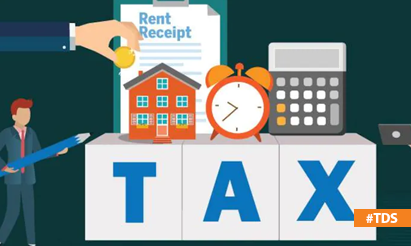Simplifying Section 112A: A Must-Know for Investors and Taxpayers!
Section 112A of the Income Tax Act, 1961, India, was introduced in the Budget of 2018. It provides for taxation of long-term capital gains on listed securities at 10% for gains exceeding the threshold limit of Rs. 1 lakh.
The following are the key provisions of Section 112A:
- Applicability: Section 112A applies to long-term capital gains arising from the transfer of listed equity shares, units of a business trust, and equity-oriented mutual funds.
- Threshold limit: The threshold limit for Section 112A is Rs. 1 lakh. This means that long-term capital gains up to Rs. 1 lakh are not taxable under Section 112A.
- Tax rate: The tax rate under Section 112A is 10%.
- Indexation: Indexation is not allowed under Section 112A. This means that the cost of acquisition of the securities will be the actual cost of acquisition, and not the indexed cost.
- Set-off of losses: Long-term capital losses arising from the transfer of listed securities can be set-off against long-term capital gains arising from the transfer of other listed securities.
Here is an example of how Section 112A works:
- Mr. X sells 100 shares of ABC Ltd. for Rs. 2 lakh. He had purchased the shares for Rs. 1 lakh.
- The long-term capital gains arising from the sale of the shares is Rs. 1 lakh (Rs. 2 lakh – Rs. 1 lakh).
- Since the long-term capital gains are more than Rs. 1 lakh, they will be taxed under Section 112A.
- The tax payable by Mr. X will be Rs. 10,000 (10% of Rs. 1 lakh).
Disclaimer: The views expressed above are for informational purposes only based on industry reports and related news stories. PropertyPistol does not guarantee the accuracy, completeness, or reliability of the information and shall not be held responsible for any action taken based on the published information.
(Visited 85 times, 1 visits today)




